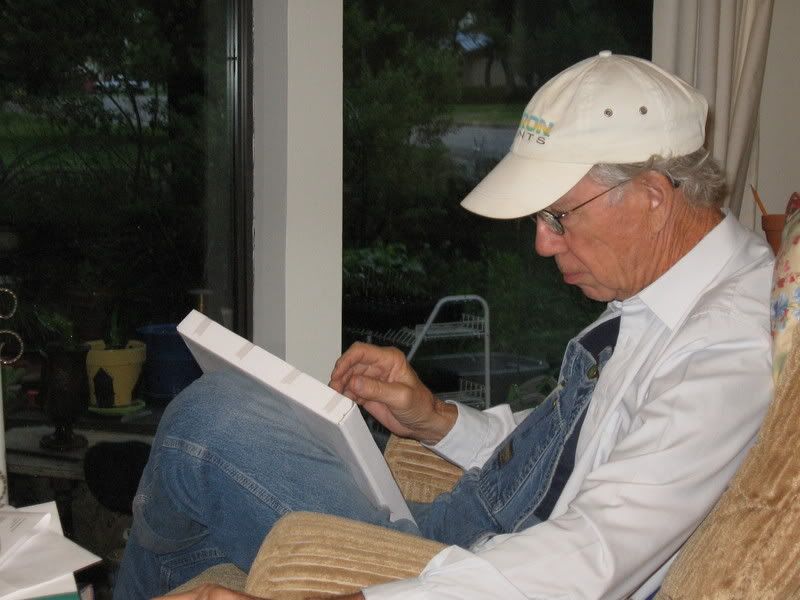Chapter 4
The Dialectic
Exactly what is the Dialectic? It can be most easily understood by contrast, the contrast between dialogue and monologue. A monologue is an extended uninterrupted speech by a character in a drama, often a one-person monologue spoken to an audience. In a monologue, only one person speaks. No response from others is allowed. You are probably familiar with the dramatic monologue as a form of popular entertainment featuring someone such as Bill Cosby, Jerry Seinfeld, David Letterman, or Tevye in Fiddler on the Roof.
In contrast, a dialogue includes at least two speakers responding to each other. What each says is influenced by what the other has said. One speaker may have to say something other than he had first intended because what the other person has said requires a new response.
However, simply because two people are in a conversation with each other doesn’t necessarily mean they are having a dialogue. Often our interchanges are merely reciprocal monologues; we each are attempting a fundamentally uninterrupted and extended speech. We have something we want to get said. When someone interrupts us, we pay little attention to what he has to say. We are only waiting for a break in the other’s monologue so we can resume our own monologue. Although more than one speaker is involved, there is no interactive dialogue taking place.

No comments:
Post a Comment